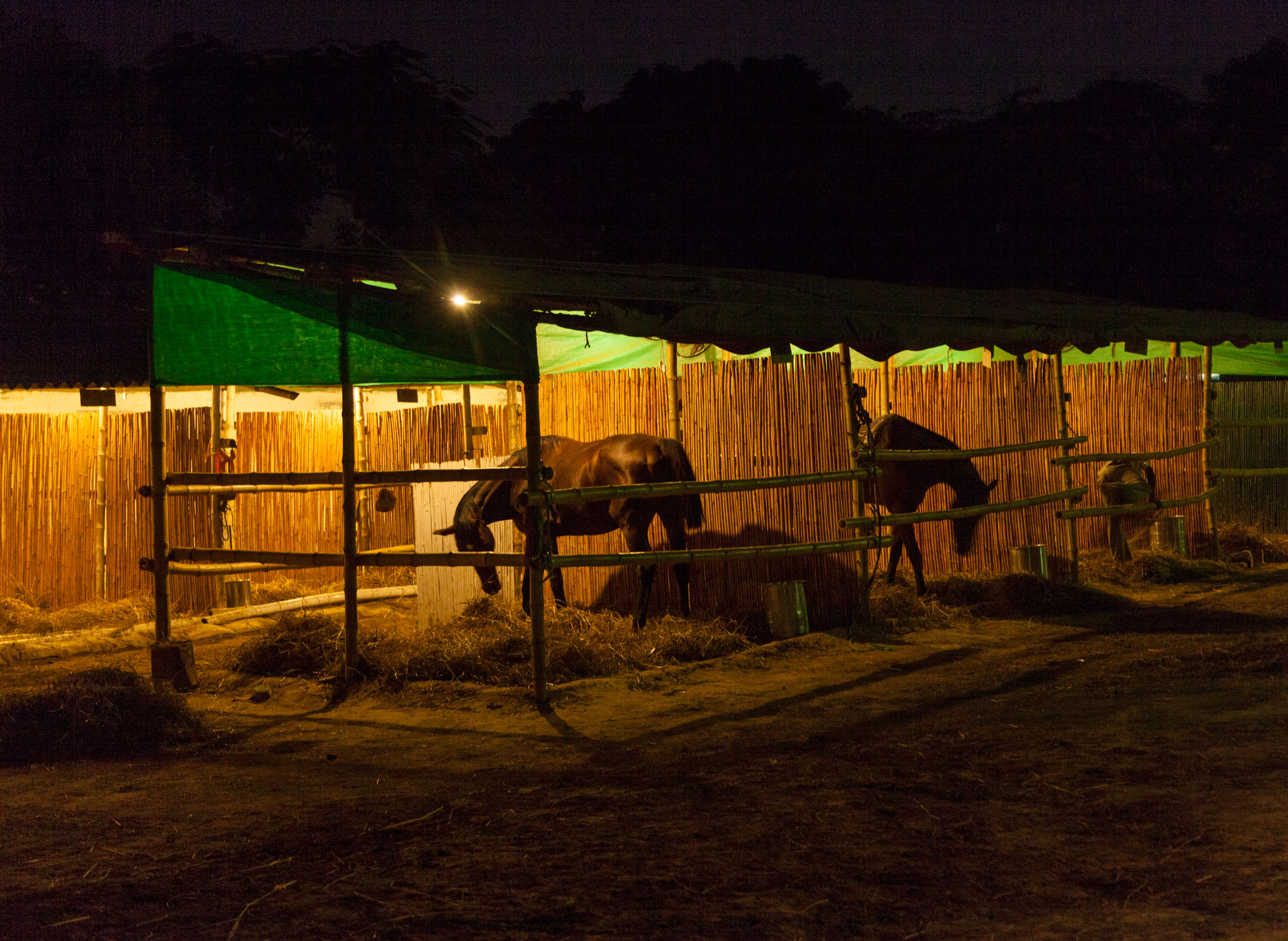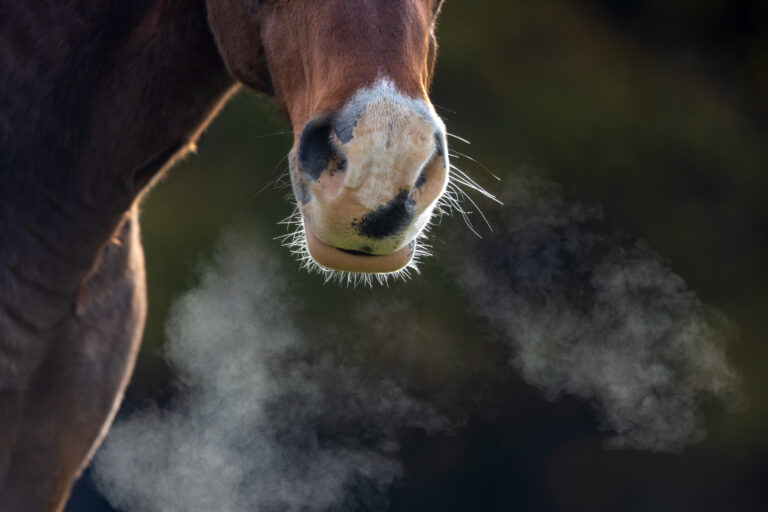
When shut up for the night, many barns still keep some lights on in and around the barn for owners and barn managers to access their horses for night monitoring or in the event of an emergency. White light is known for its tendency to suppress melatonin production and interfere with normal circadian rhythms. Melatonin produced rhythmically in response to environmental photoperiod signals has an important role in regulation of biological rhythms. In addition to modulating daily and seasonal changes that impact hair growth or shedding and reproductive activity, melatonin is important to maintain general health, particularly for night-time rest periods and immune function. Melatonin receptor sites exist not just in the brain but also throughout peripheral organs.
In humans, even dim white light at night is known to impair cognition, increase depression and disturb the sleep-wake cycle. There have only been limited studies on the consequences of erratic white light exposure to horses at night, yet various lighting strategies used to control mare estrus cycles are examples of how sensitive horses are to ambient light.
An Irish study tested whether low-intensity red light used as an alternative to white light would be perceived by horses as darkness and not interfere with night-time physiology [Murphy, B.A.; O’Brien, C.; Elliott, J.A. Red light at night permits the nocturnal rise of melatonin production in horses. The Veterinary Journal Aug 2019, volume 252; https://www.sciencedirect.com/science/article/pii/S109002331930098X].
The red light suggested as useful is one with a narrow bandwidth at wavelengths less than 600 nm. An example of this type of light is the red bulb found in photographic darkrooms.
In this study, the red light used provided sufficient visibility for humans to interact with horses at night, including obtaining rectal temperatures and collecting and labeling blood samples.
Low intensity red light at night did not impact the pattern of melatonin secretion in this study and is, therefore, unlikely to impact the physiology of circadian or seasonal regulation.
There was an added bonus—the improved well-being of humans interacting with the horses in a red-light environment. Handlers reported that they experienced improved sleep and athletic performance.









